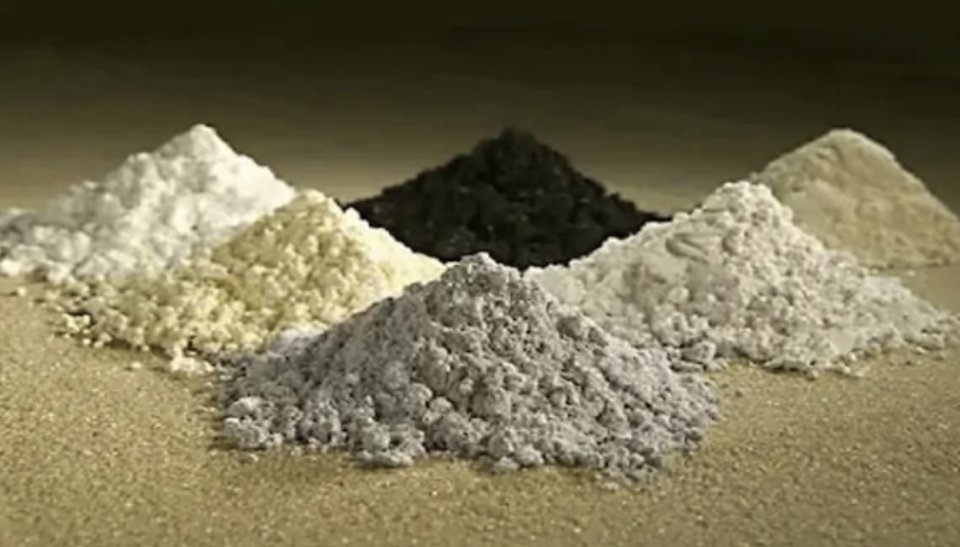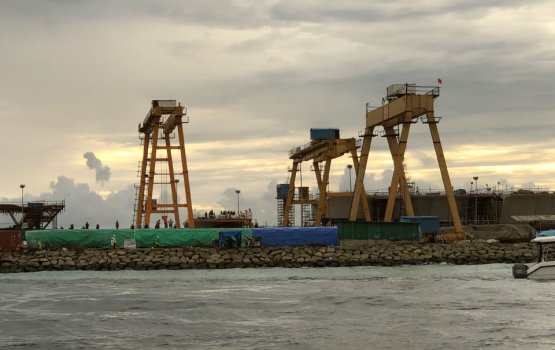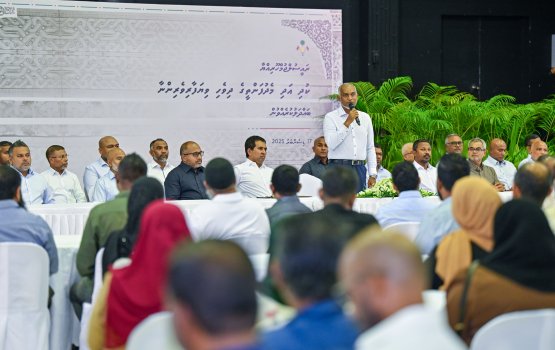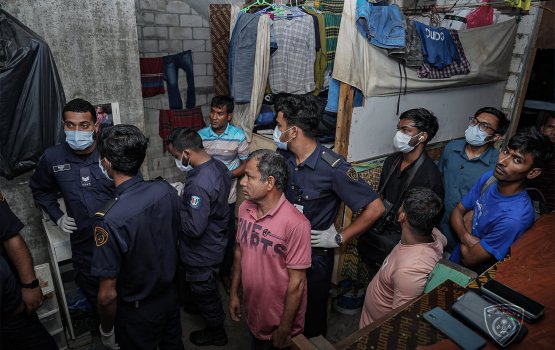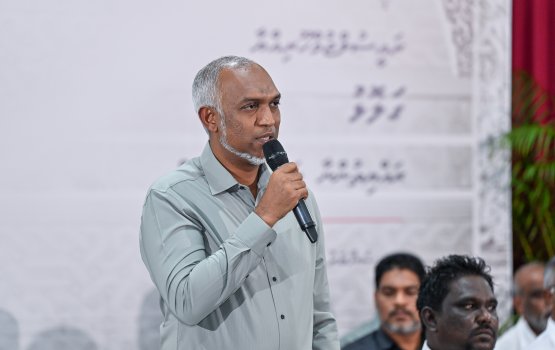New Delhi — India is rapidly positioning itself as a key global player in the rare earth elements (REEs) sector, amid escalating geopolitical tensions, increasing global demand for critical minerals, and China's continued dominance over the global rare earth supply chain.
Currently, China controls nearly 90% of the global rare earth magnet market. Its recent export restrictions on vital elements like terbium and dysprosium have triggered a worldwide push to diversify and secure alternative supply sources. India, with the third-largest reserves of rare earths globally—estimated at 6.9 million tonnes—and possessing around 35% of the world’s beach and sand mineral deposits, is now taking significant steps forward.
Historically, India's REE production has been limited, with a total output of just 2,900 tonnes recorded between 2012 and 2024. However, recent policy reforms are changing the landscape. For decades, the mining and processing of rare earths in India were tightly controlled under the Atomic Energy Act of 1962. In a major shift, the 2023 amendments to the Mines and Minerals Act now permit private sector participation in the exploration of non-radioactive REEs. This deregulation is supported by capital subsidies and joint venture models aimed at boosting private investment and scalability.
India’s domestic demand for rare earth magnets has also surged—rising from 12,400 tonnes in FY2021 to an estimated 54,000 tonnes in FY2025. The market is projected to reach a valuation of $993 million by 2033. To meet this growing demand, the government is developing a ₹3,500–5,000 crore Production-Linked Incentive (PLI) scheme, targeting an annual domestic magnet production capacity of 1,500 tonnes. Already, 13 mineral blocks have been auctioned to kickstart rare earth mining.
On the international front, India is forging critical partnerships to secure access to essential minerals. The India–Australia Critical Minerals Partnership has emerged as a key platform for collaborative investment and research, supported by broader strategic frameworks such as the Quad. Meanwhile, the planned launch of the National Critical Mineral Mission (NCMM) in 2025 is expected to catalyze 1,200 mineral exploration projects by 2030–31.
At the core of this transformation is Indian Rare Earths Limited (IREL), a state-owned enterprise under the Department of Atomic Energy. The company’s Rare Earth Extraction Plant in Odisha reported record production levels in FY2024, while its facilities in Visakhapatnam and Bhopal have begun manufacturing rare earth magnets currently undergoing trials by top national institutions.
Despite lingering challenges such as environmental approvals and bureaucratic processes, India’s intent is unmistakable. With abundant reserves, robust policy shifts, and strengthening international collaborations, the country is transitioning from a passive holder of critical resources to an emerging powerhouse in the global rare earth supply chain. (Source: Timeskuwait)

